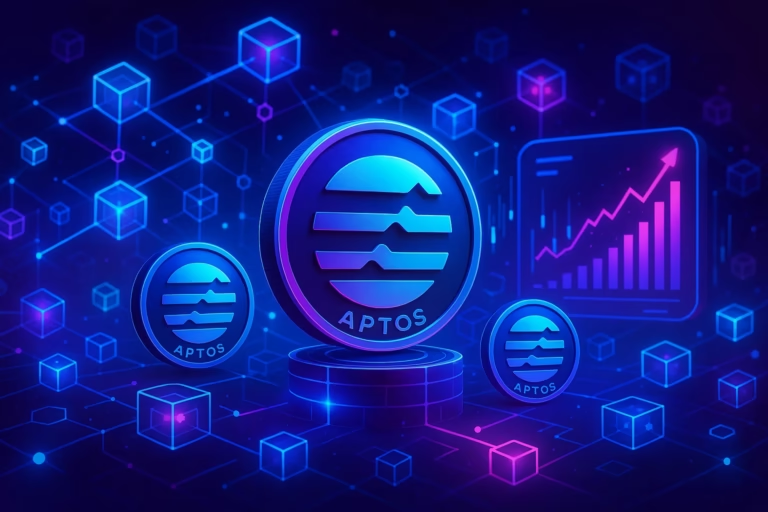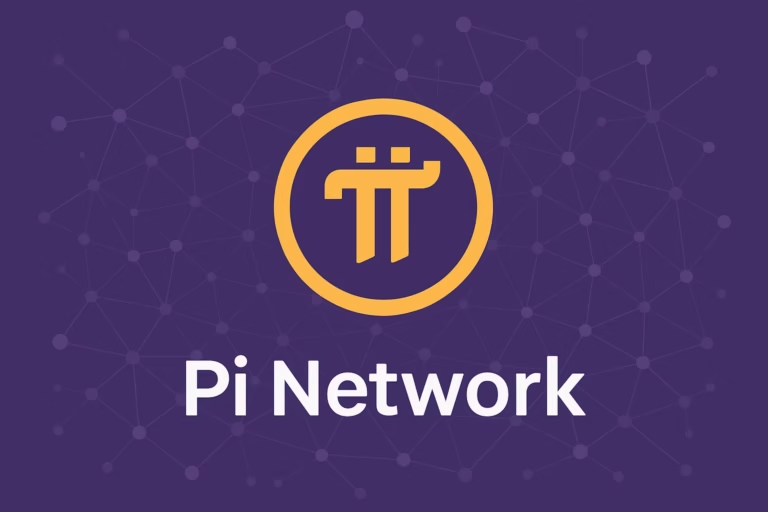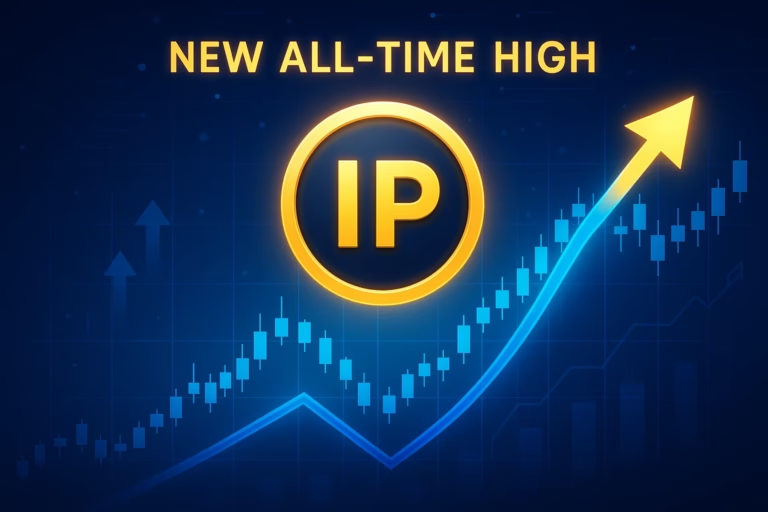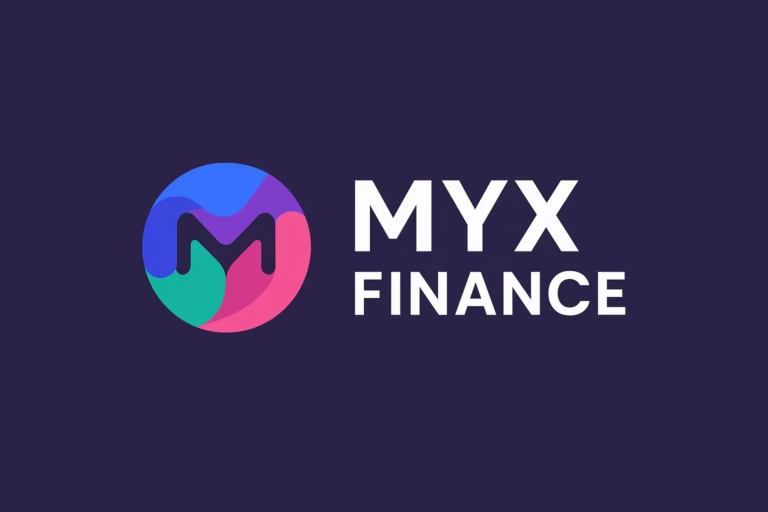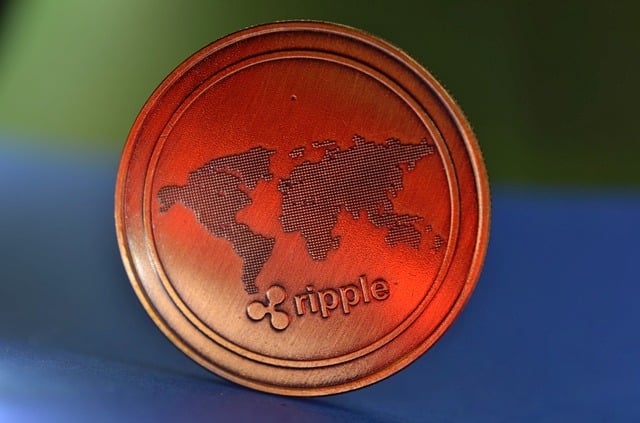
- XRP’s price-to-sales ratio is nearly double that of Nvidia, despite significant differences in revenue, reflecting contrasting investor sentiments towards growth prospects.
- While Nvidia’s robust financial performance is bolstered by soaring demand for AI equipment, XRP faces regulatory hurdles stemming from an SEC lawsuit, casting uncertainty over its future trajectory.
In the realm of investments, metrics like price-to-sales ratio serve as guiding lights for discerning investors seeking promising avenues. In a surprising turn, Ripple’s XRP token has emerged with a price-to-sales ratio nearly double that of Nvidia, a stalwart in the stock market. Let’s delve into this intriguing comparison and explore what factors might be influencing this striking contrast.
Ripple’s XRP token boasts a price-to-sales ratio of 61.689, significantly overshadowing Nvidia’s ratio of 37. This metric, calculated by dividing a company’s market capitalization by its revenue over the past year, typically reflects investor sentiment towards growth prospects. The lower the ratio, the more enticing the investment appears.
Despite this impressive ratio, the disparity in revenue between XRP and Nvidia is staggering. In 2023, Ripple’s XRP ledger garnered approximately $583,000 in network fees, whereas Nvidia raked in a colossal $26.97 billion in revenue, as per its fiscal report. Such a vast variance in revenue underscores the scale at which these entities operate.
As of the latest data, XRP’s price stands at $0.6205, reflecting a modest 0.15% increase over a 24-hour period, with a market capitalization of $34 billion. In contrast, Nvidia’s pre-market trading sees its shares slightly down at $898.25, despite its status as the world’s largest semiconductor chip manufacturer and a market titan with a valuation of $2.25 trillion.
The surge in Nvidia’s revenue, propelled by a remarkable 265% year-on-year increase, is attributed to the burgeoning global demand for artificial intelligence (AI) equipment. This demand surge has significantly boosted Nvidia’s share price, which skyrocketed over 241% in the past year, illustrating the investor confidence in its growth trajectory.
However, the XRP token’s journey has been marred by regulatory hurdles, primarily stemming from the United States Securities and Exchange Commission (SEC) lawsuit filed against Ripple, its CEO Brad Garlinghouse, and co-founder Chris Larsen in December 2020. The lawsuit alleged unregistered securities offerings through XRP token sales, casting a shadow of uncertainty over its future.
Despite a recent ruling by Judge Analisa Torres indicating that XRP is not a security, albeit with conditions, the looming legal battle has weighed heavily on XRP’s price trajectory. The SEC’s proposal for Ripple to pay a staggering $1.95 billion civil penalty further exacerbates the apprehension surrounding XRP’s regulatory standing.
While XRP may tout an impressive price-to-sales ratio, its journey to mainstream adoption faces formidable obstacles, primarily regulatory scrutiny. In stark contrast, Nvidia’s exponential growth trajectory underscores the allure of established players in the tech landscape. As the saga unfolds, investors keenly watch the interplay between regulatory clarity and market dynamics shaping the fate of these entities.

